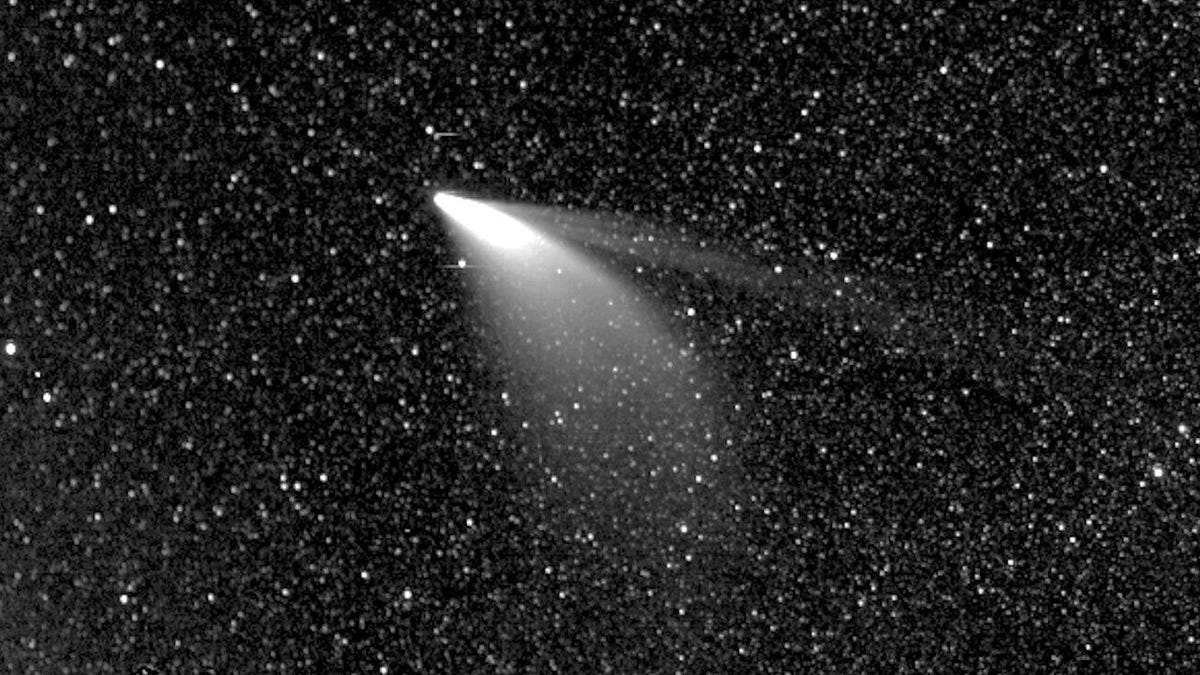Newfound comet named Leonard may be the one to watch in 2021
Officially named C/2021 A1, Leonard is one of the most promising space snowballs of this young year.

Comet Neowise as seen from the Parker Solar Probe. Will Leonard be a worthy follow-up act?
Leonard may sound like the name of one of your grandfather's buddies, but it may also go down as the moniker of the most brilliant and dramatic comet of the year.
Comet Leonard was discovered by its namesake Greg Leonard, a senior research specialist at the University of Arizona, via the Mount Lemmon Observatory on Jan. 3.
Right now it looks to be perhaps the only naked-eye comet we'll get in 2021, according to Sky and Telescope, but it likely won't reach that brightness until December and that's only if we're lucky enough and it doesn't break apart and fizzle before then.
Chart for Comet C/2021 A1 Leonard for the Northern hemisphere. The comet may brighten to magnitude 3 or 4 in mid December. Possible visible to the naked eye. pic.twitter.com/JmLgbYOIeC
— Con Stoitsis (@vivstoitsis) January 12, 2021
Of course, the odds are decent we'll spot some more impressive comets as 2021 goes on. Such was the case last year when Comet Neowise, one of the most spectacular in decades, popped up in late March and really began to dazzle us with its naked eye visibility in July.
Here is the latest image of comet C/2021 A1 (Leonard). Image taken in almost full moon condition. A possible naked eye object in December.
— Wandering Comet ∆ C.P (@CometWandering) January 31, 2021
IC - Denis Buczynski pic.twitter.com/AWDYxRfVuX
Right now it takes a pretty serious telescope and some semi-professional chops to spot Leonard in the sky. Current predictions say that by December it could become a magnitude-four star, which is about as bright as some of the brighter stars in the constellation Ursa Minor, also known as the Little Dipper. In other words, possible to see with the naked eye, but even better with binoculars or a backyard telescope.
Leonard is currently cruising out between the orbits of Mars and Jupiter but headed our way. We'll have most of the year to watch it grow brighter and hope for a big show in December. Check back for updates.
Follow CNET's 2021 Space Calendar to stay up to date with all the latest space news this year. You can even add it to your own Google Calendar.

